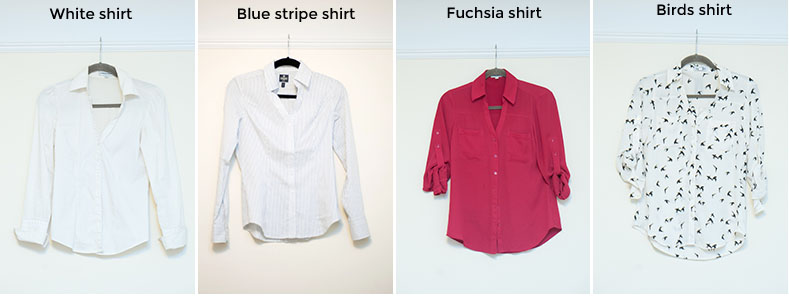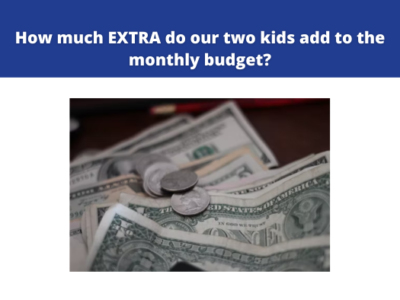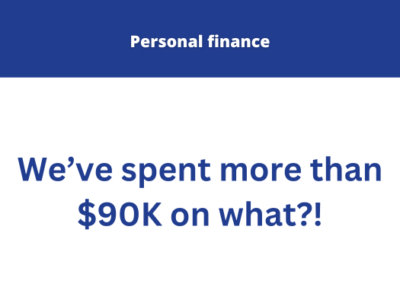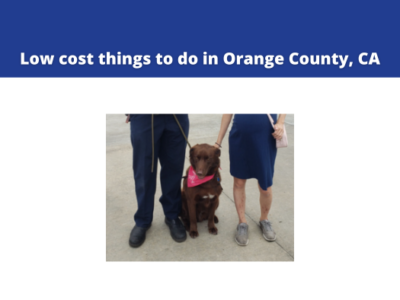Part of a multi-part series:
Introduction
Product
Price
Promotion
Place
“Place” to a marketer refers to all the different places where a product can be sold. It is also commonly referred to as “channel”. In the old days, you only had the brick and mortar channel, save for a few catalog businesses. Then came the e-commerce channel. Then came mobile ordering. Now, retailers must think in a multi- or omni-channel strategy, but, there is still a distinction between how products are sold. How retailers decide to treat each channel could result in significant savings for you.
Avoid clothing stores in tourist locations
Retailers often consider stores in tourist locations, downtown areas, to be their flagship stores. As such, they tend to stock higher priced items in these stores, and are less likely to stock sale and promotional products.
Visit stores focused on resale, reuse, and discount
Different types of stores fulfill different purposes. Department and specialty stores by nature, are considered mainly to be full priced stores that focus on providing a lot of customer service. So to get more discounted product, you need to visit stores where there is less customer service. Lower your expectations – in these stores, you have to do the leg work in sorting through racks of clothing, sizes, but the reward can be amazing! Two years ago, I once found a pair of Christian Louboutin shoes at a Nordstrom Rack for 80% off retail price. Non-profit thrift stores can result in super-cheap clothing, especially those located in neighborhoods where there are wealthy residents, it would not be a surprise to find designer goods among the heaps of clothing.
Clip those liquidation coupons
Marketers also know that there are specific areas where they can advertise liquidation sales. Slickdeals.net is one such example where some of the best coupons and prices can be found. Some of the best coupons are placed inside newspapers and clippings because they know it takes you an extra step and effort to clip them and go to the store.
Buy closer to the source
Just as you could get reasonably priced food from a farm, if you can purchase clothing right out of the warehouse, that could result in savings! While this is not as common within retail, see if there are clothing wholesalers in your area who allow for retail sales. For example, NYC’s Garment District still has a few wholesalers who do this, especially for prom and gala dresses. Large flagship stores located to where the headquarters of a company are located, tend to have a larger assortment and selection of clothing, than small stores in far-away locations.
Inside the store, make a bee line for the back and to the left
Marketers know that the things they put in the windows and in the front attract you in. The highest margin, highest priced items are often in the front of the store. The on-sale, clearance, and lower margin items are typically towards the back, on a different floor, on higher or lower shelves, and – to the left. Most humans typically make a right turn when they enter a store (known in marketing as the invariant right).
Give yourself a timer
Be it 5, 10, 15, 20 minutes, set an alarm clock on your phone for the maximum amount of time you would allow yourself in a store. Marketers also know that the longer they keep you engaged and inside the store, the more likely you are to browse and start going off track and buy other things.
You are being trained and coaxed along the customer journey each time you engage with a store / website
The moment you give a store your email address or phone number, you begin a marketer’s customer journey. There are specific emails, marketing messages, and promotions timed to get your attention, prime you to like the brand / store, and get you to purchase and repurchase. The simplest thing to do is not give away your email, or, give a throwaway email account that you will ONLY check when you are ready to go shopping. When stores ask you for your phone number or zip code, you don’t need to give it to them. This data is for them to track you. Clear your browser’s cache to stop retargeting ads from following you from the phone to the computer and from one website to another
Enjoyed this post? Keep in touch via my free online Facebook group
Get a personal view into my own financial journey on my Instagram @savemycents




